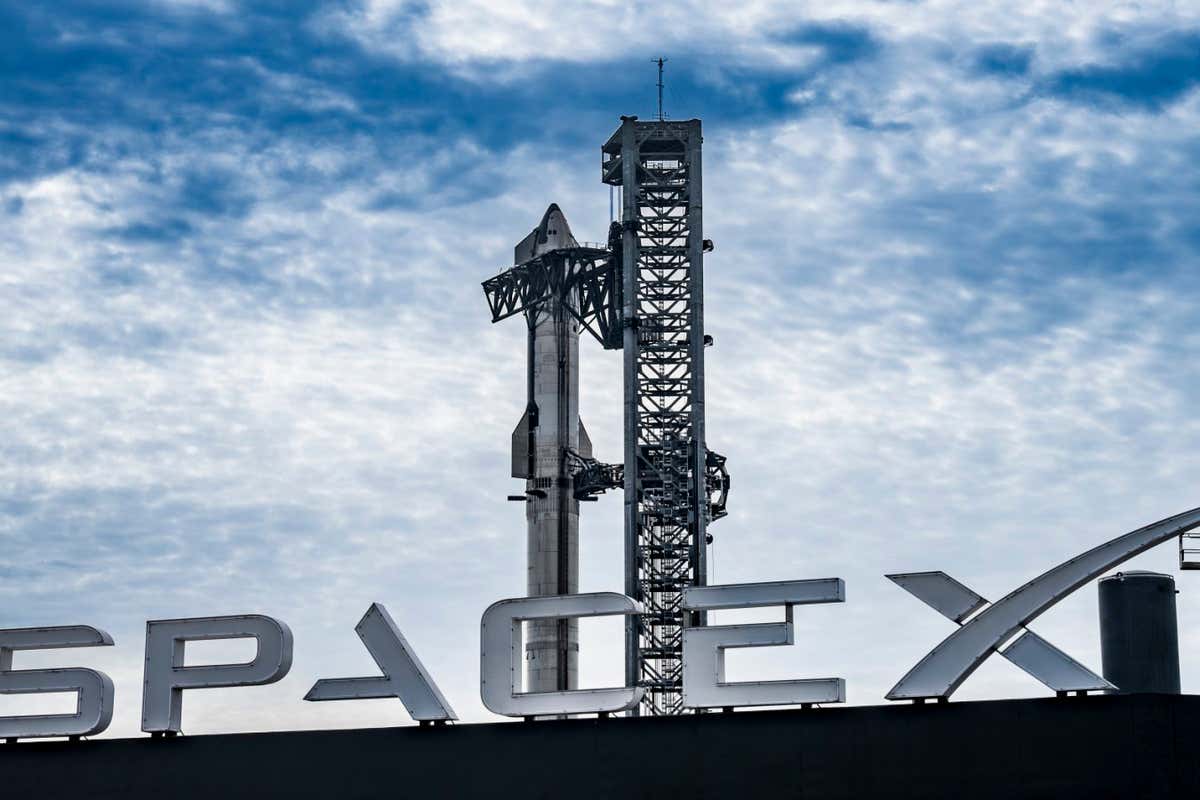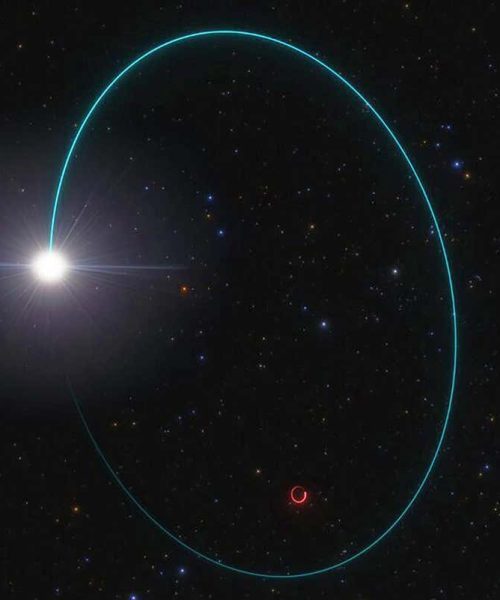
SpaceX’s Starship prepped for flight
SpaceX
SpaceX is launching its massive Starship rocket for the third time on 14 March, following two failed missions. Here is everything you need to know about it.
What is Starship?
Starship is the most powerful rocket ever built. It is 121 metres long and its reusable booster can land safely after taking the second stage to an altitude of more than 70 kilometres. That second stage is also reusable, which is intended to make Starship an affordable, reliable vehicle capable of quickly turning around and relaunching. The ultimate aim of the project is to put humans on the moon and, later, Mars.
Advertisement
What time is Starship blasting off?
SpaceX has announced that livestream video of the launch will begin at 8.25am local time in Texas, which is 13.25 GMT. The actual launch is expected to happen about 30 minutes after the livestream begins.
Where is Starship going?
This launch is, as you would expect, the most ambitious so far. SpaceX is aiming to carry out a successful first and second stage launch, taking Starship into space, where it will open and close its payload door as a test, shuffle fuel from one tank to another as a first step towards the eventual refuelling of one Starship by another – which will be vital for long-range missions – and relight its engines for a controlled re-entry to Earth’s atmosphere.
This launch will follow a new trajectory that will see the second stage splash down in the Indian Ocean. While it is designed to be a reusable craft, this mission aims to have it make a slow and controlled landing on the ocean rather than on land or a ship. This is easier and safer at this stage of development.
What happened when Starship launched before?
There have been two Starship launches, both ending in failure, although that is an expected part of SpaceX’s fail-fast, learn-fast strategy.
The first launch on 20 April last year saw three engines on the first stage – from a total of 33 – fail to ignite. Several more subsequently failed during the flight. The rocket then span out of control, causing a self-destruct safeguard to kick in, something that SpaceX sardonically calls a rapid unscheduled disassembly (RUD). The whole flight lasted around 3 minutes and reached a maximum altitude of 39 kilometres.
Starship’s second launch was on 18 November. This time, all 33 engines fired and the rocket flew long enough for the first and second stages to separate. But, as the first stage rotated to begin its slowdown and landing procedure, it exploded. The second stage successfully continued to an altitude of about 149 kilometres – passing the Kármán line that marks the beginning of space – but a safeguard feature destroyed it when it stopped sending back data, before it had a chance to complete an orbit or make its way back to Earth.
What happens if this launch goes wrong?
It probably will go wrong, in some respect. It is highly unlikely that Starship will complete its mission flawlessly. But any failure will supply data and experience that can be used to improve the design and processes for the fourth launch. SpaceX has so far shown that it can iterate rapidly and make big progress with every launch.
Topics:





